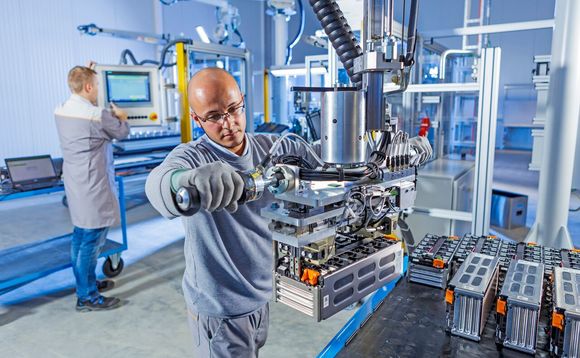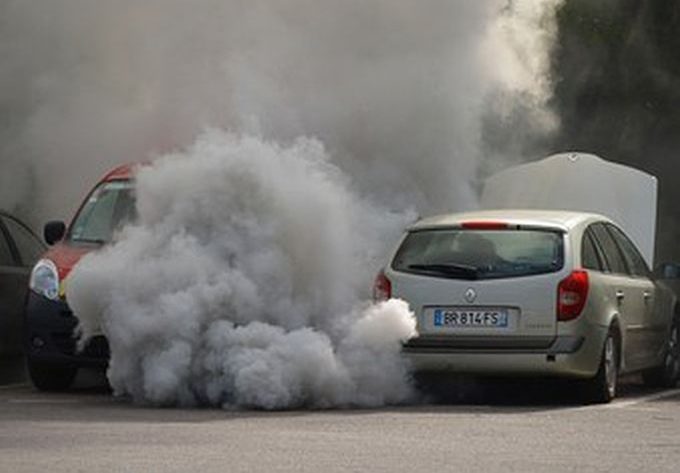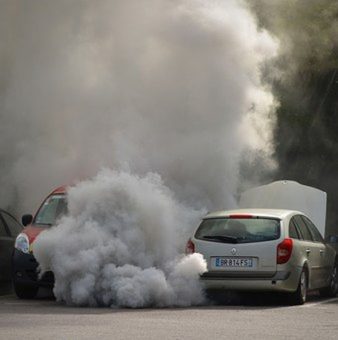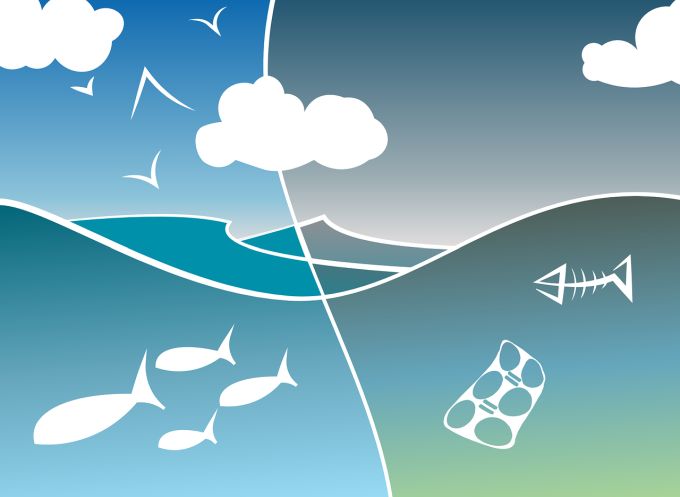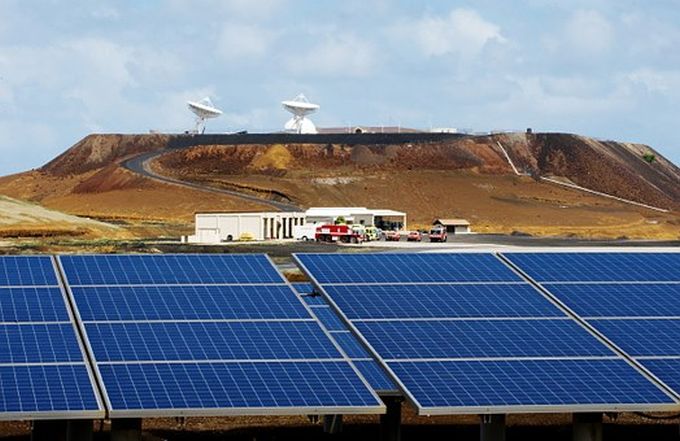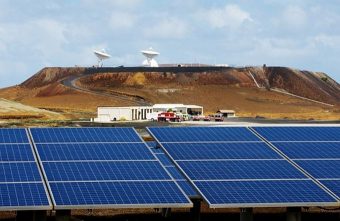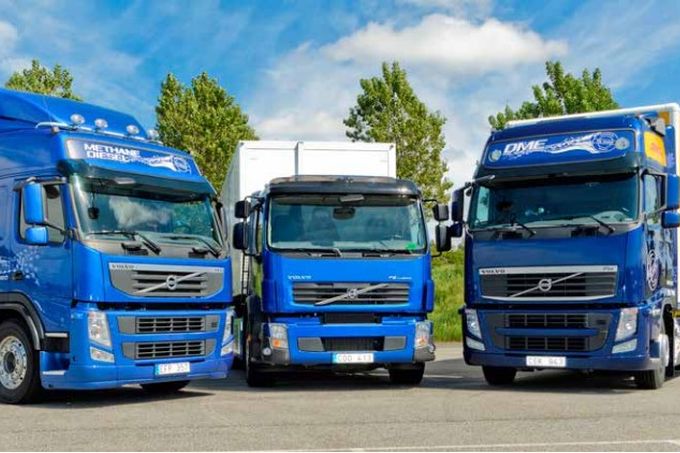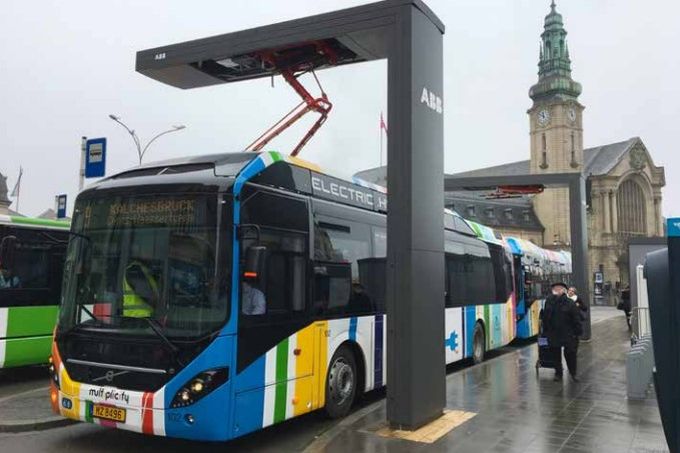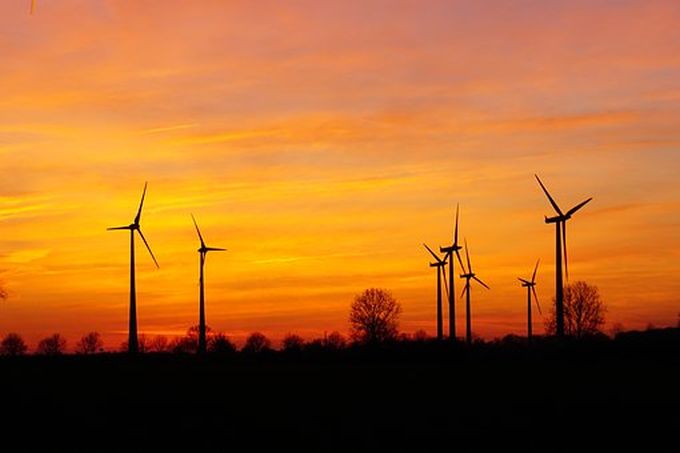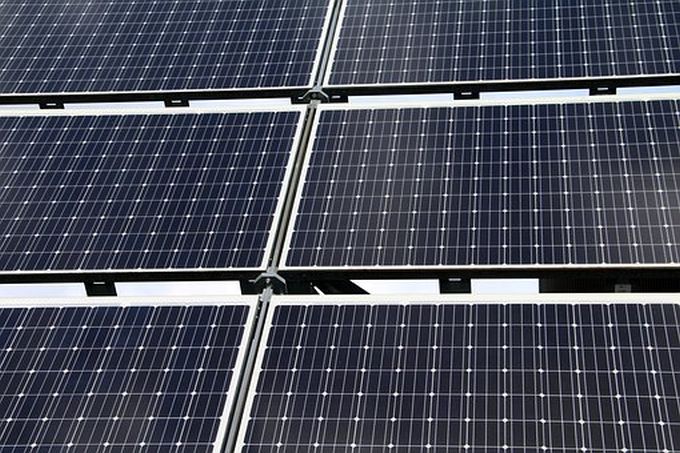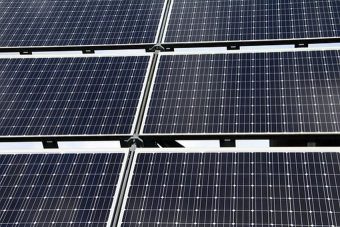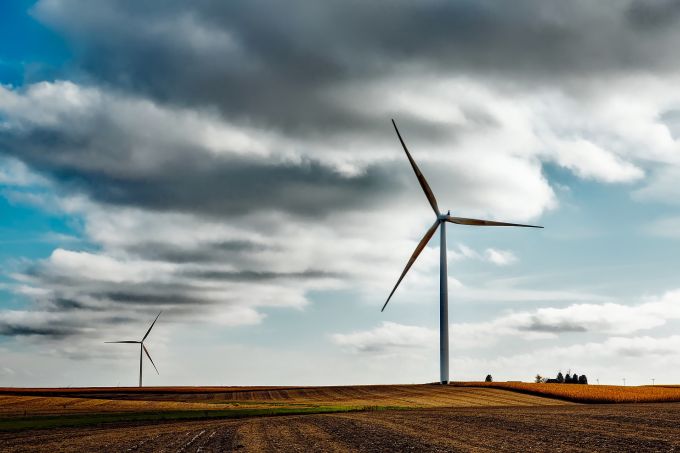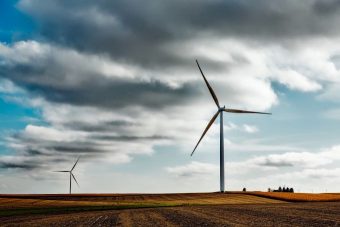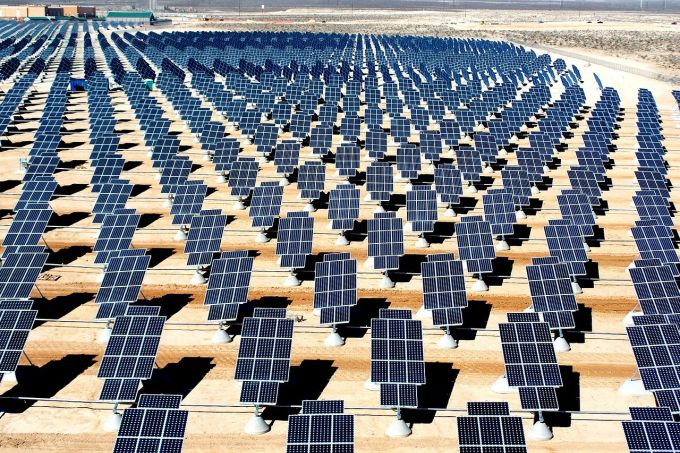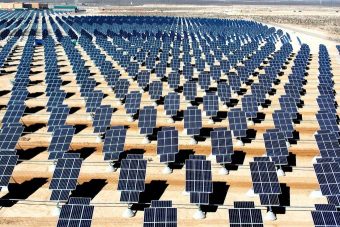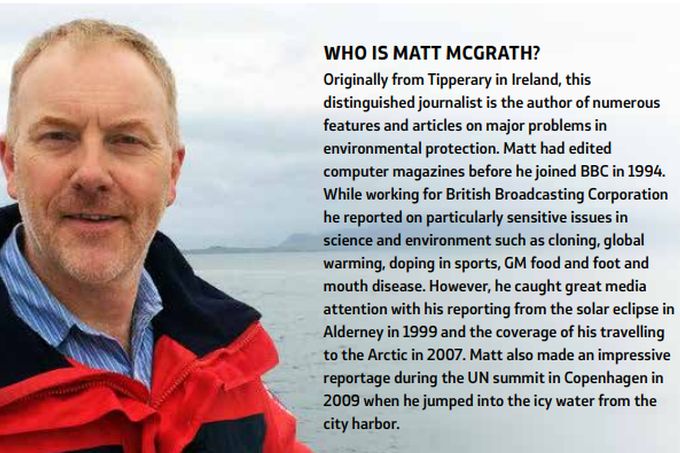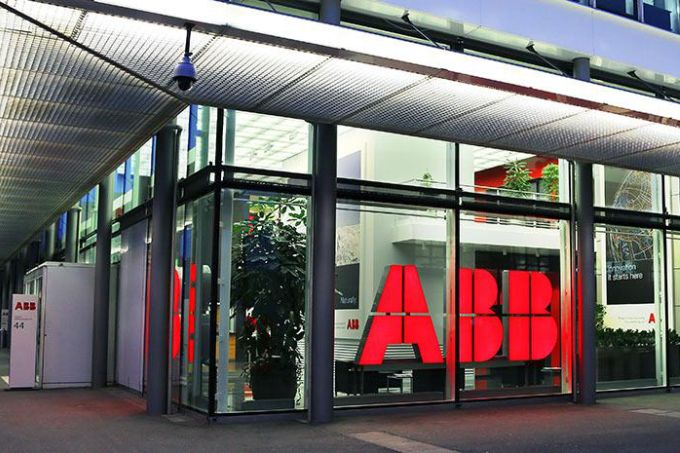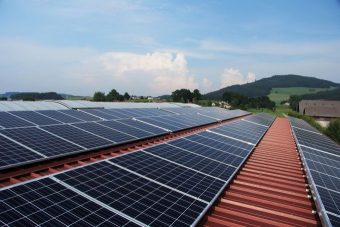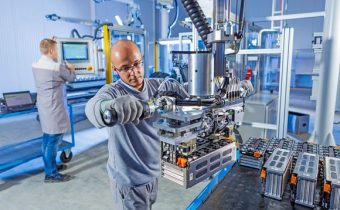
Europe’s largest electric vehicle battery factory opened yesterday in Langen, Germany promising to offer a major boost to the roll out of large electric vehicles, such as buses and vans, across the continent.
The €10m facility, which has been built by battery specialists Akasol, has an annual production capacity of 600MWh and will be able to churn out up to 3,000 batteries for buses or other large electric vehicles every year.
Two leading bus manufacturers have already agreed contracts with Akasol for the new plant to supply batteries for 10,000 buses over the next few years.
Akasol’s managing director Sven Schulz said he expected the market for zero emission cars to grow significantly over the coming years as concerns over air pollution rise.
“As more cities across Europe choose zero-emission buses, we’re witnessing the European market for hybrid and electric buses growing by more than 35 per cent each year,” he said.
“Cities are increasingly looking for bus leasing solutions to avoid higher investment costs, so finding the right supplier for battery systems is of strategic importance for bus manufacturers.”
Source: businessgreen.com


